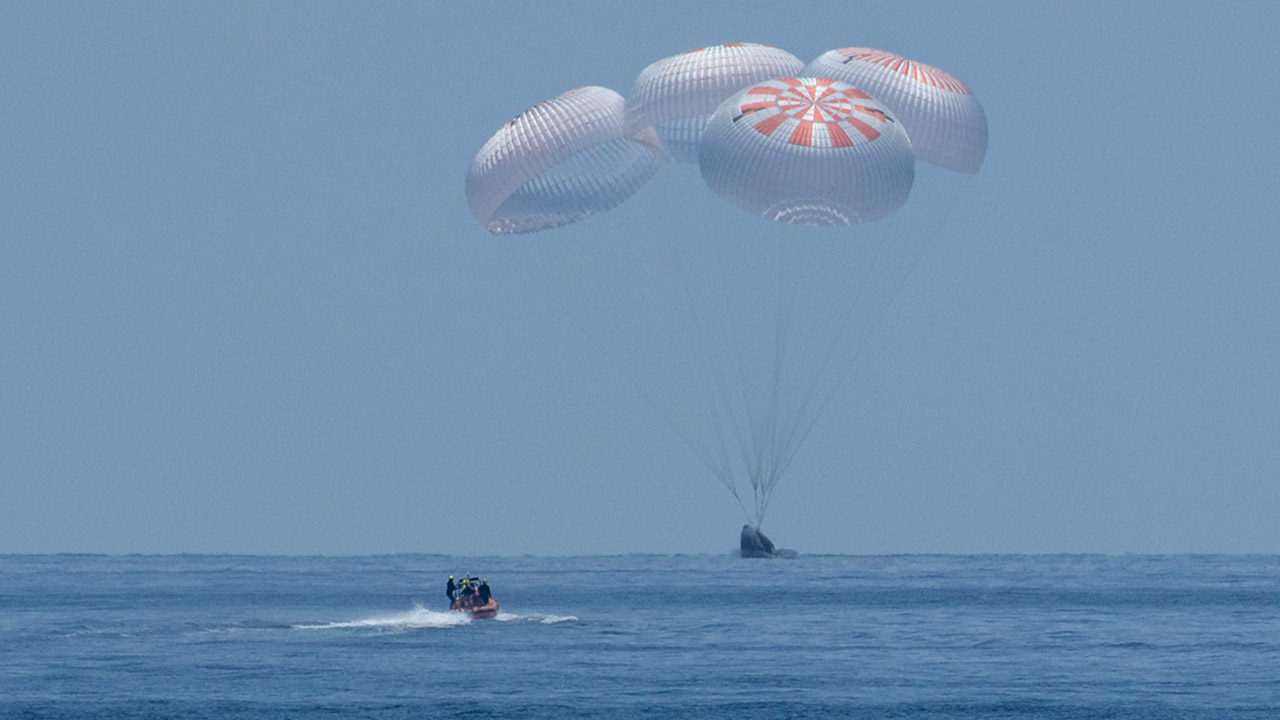Since before the turn of the century, space-faring nations across the globe have dedicated their time, talent, and treasure to a multinational effort to work together in a focused peaceful enterprise to design, launch, assemble, and operate an outpost for humans at the edge of space. From the launch of the first module of the International Space Station (ISS) from the Baikonur Cosmodrome in 1998 to the arrival of the first human crew on the ISS in 2000 to today, the space station has been visited by more than 230 spacecraft assembled in dozens of nations and launched to space from sites in French Guiana, Japan, Kazakhstan, and the United States. These spacecraft have transported cargo, thousands of experiments from hundreds of nations and more than 240 individuals from 19 countries to the edge of space. Here, at gravity’s edge, the ISS serves to inspire the dreams and scientific curiosity of a world desperate for inspiration and innovation.
In thinking about the role of the ISS in our collective psyche today, I am reminded of NASA astronaut Bill Anders and the crew of Apollo 8 on Christmas Eve in 1968. Upon emerging from the shadow of the Moon’s orbit more than 50 years ago, the Apollo 8 crew observed from space for the first time in human history the only home they had ever known and upon which resided every human who has ever existed, save for them. Even though the “Earthrise” photograph taken on that mission was the second image taken of the Earth rising above the lunar surface, it was the first color image and helped to capture the imagination of the entire planet. In doing so, that single image inspired the nations of the world to unite in what would become known as Earth Day. In the war and turmoil of 1968, who would have thought that a space mission conceived to land humans on the surface of the Moon before the end of the decade would also inspire a global mission to fight for the future of our planet and to preserve our home?
As the ISS approaches yet another milestone in 2020, the 20th year of continuous human presence in space, we look not only to reflect on its past accomplishments in exploration and scientific discovery but also to celebrate it as a symbolic triumph of the human spirit. By cultivating this marvel of engineering and celebration of the human spirit, we in turn listen for the voices of our better angels and work together for the common good.
In the process of this peaceful, collaborative endeavor to build the ISS for human exploration, we have achieved new insight into our ability to work together across boundaries and embrace our diversity to translate complex human thought into human-built wonders. The ISS was not conceived with the singular mission to be an emissary of peace for a troubled planet, but in its continuing existence over the past 20 years with the participation of many peoples from many nations, the ISS is unique in giving us hope that we can endure as a species and that we can accomplish great things when we choose to live and to work together. As recorded in the 2014 Peace of Westphalia award presented to ISS crew, the space station demonstrates that “peaceful international cooperation of partners from very different cultures has proven to be possible.”
When word emerged that the ISS would be nominated for the Nobel Peace Prize, as a lifelong explorer, I thought, “Well of course it was—and of course it should be!” We often hear of astronauts looking down on Earth from the ISS and observing that from space, there are no borders. When this “overview effect” is experienced for the first time by space travelers from many nations and shared with those back on Earth, we bear witness not only to the fragility of our beautiful planet but to the connections we share as humans on a “pale blue dot” in space. We are all stewards on this vessel, and each of us has a responsibility to maintain the ship for future generations.
Despite the world’s many challenges over the past 20 years, there has been one constant guiding light—a beacon in the sky some 250 miles above us orbiting our planet with men and women working together through space and time, pushing the limits of science, technology, innovation, and human endeavor. It is time that we as a world of nations recognize the International Space Station as one of humankind’s great technical achievements and as a worthy recipient of the Nobel Peace Prize.






